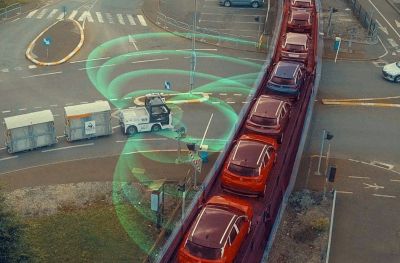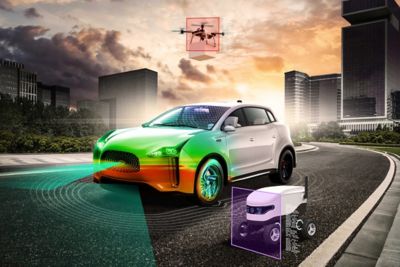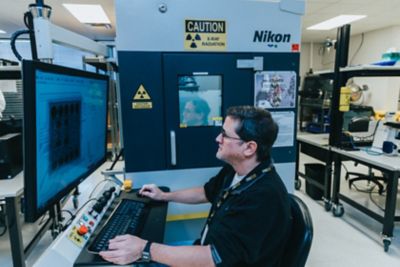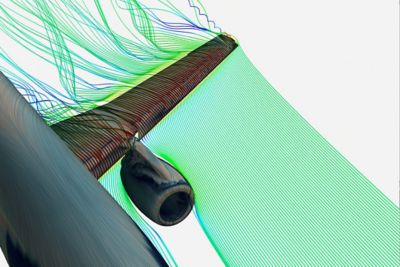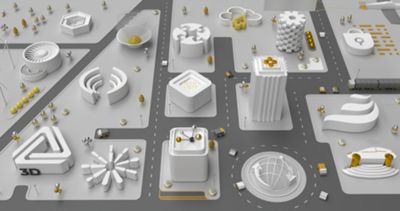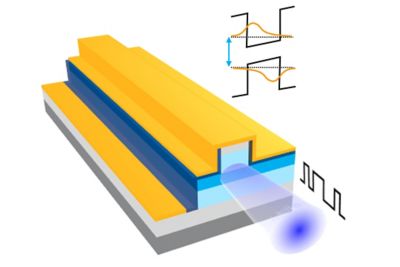2022
Webinar
Focus on Actives: Designing III-V Electro-Absorption Modulators
In this webinar, we will showcase new features available for the Ansys Lumerical MQW solver that enables the accurate simulation of absorption in III-V systems where excitons play a key role. Absorption in multi-quantum well (MQW) devices is mediated by the quantum confined Stark effect (QCSE), where the absorption in the active layer can be modulated by the applied voltage. Excitons are an important effect to capture with simulation since they are stable in quantum wells up to very high electric fields. This new feature gives designers the tools necessary to accurately simulate the modulation response of an electro-absorption modulator (EAM) that can be fabricated in common III-V processes for integrated photonics devices.
The newly available QCSE capability extends Ansys Lumerical’s existing tools and workflows for lasers, semiconductor amplifiers, and modulators. These include a mode solver (Lumerical FDE/FEEM), a multi-quantum well gain solver (Lumerical MQW), a travelling wave laser model available in Lumerical INTERCONNECT, and a TCAD drift-diffusion solver (Lumerical CHARGE).
The webinar will provide an overview of Ansys Lumerical’s existing tools and workflows for active III-V devices. In this context, the newly available QCSE capabilities will be highlighted. We will show a full simulation workflow including Lumerical CHARGE to calculate the electric field in the quantum wells, Lumerical FDE/FEEM to calculate the waveguide mode properties and overlap with the active layer, and Lumerical MQW to calculate the absorption coefficient, refractive index change, and the transmission probability as a function of applied voltage. The results will be compared to measurements.
